Whenever an intermediate carbocation is formed in reaction it may rearranges.
Only those carbocation will rearrange which can produce more stable species . It can be done either by :
(i) Shifting of H, alkyl , aryl, bond (1,2-shifting )
(ii) Ring expansion
(iii) Ring contraction
Most stable rearranged carbocation is  is
is

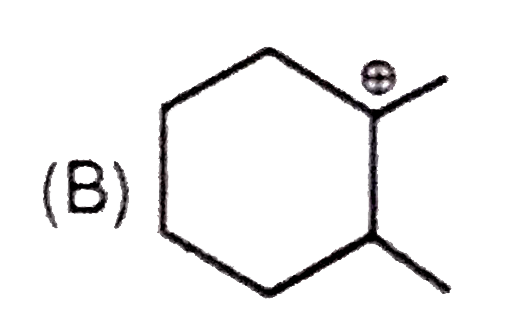
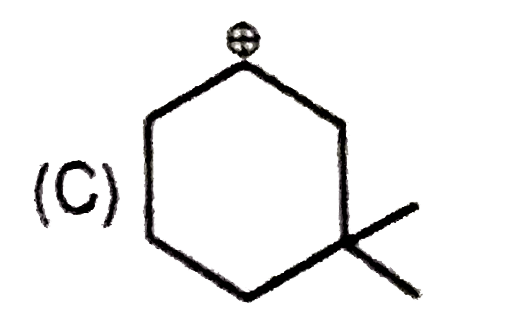

The correct Answer is:B
Topper's Solved these Questions
- GENERAL ORGANIC CHEMISTRY IIBOOK - RESONANCECHAPTER - GENERAL ORGANIC CHEMISTRY IIEXERCISE - Part-III: Section-5: Matching List Type
1 Videos
- GENERAL ORGANIC CHEMISTRY IIBOOK - RESONANCECHAPTER - GENERAL ORGANIC CHEMISTRY IIEXERCISE - Part-III: Practice Test-2 (IIT-JEE (Advanced Pattern))
16 Videos
- GASEOUS STATEBOOK - RESONANCECHAPTER - GASEOUS STATEEXERCISE - PHYSICAL CHMISTRY (Gaseous State)
47 Videos
- GENERAL ORGANIC CHEMISTRY-IBOOK - RESONANCECHAPTER - GENERAL ORGANIC CHEMISTRY-IEXERCISE - PART-III : PRACTICE TEST-19
1 Videos
Similar Questions
Knowledge Check
Whenever an intermediate carbocation is formed in reaction it may rearranges.
Only those carbocation will rearrange which can produce more stable species . It can be done either by :
(i) Shifting of H, alkyl , aryl, bond (1,2-shifting )
(ii) Ring expansion
(iii) Ring contraction
In which of the following carbocation rearrangement will not take place ?A B
B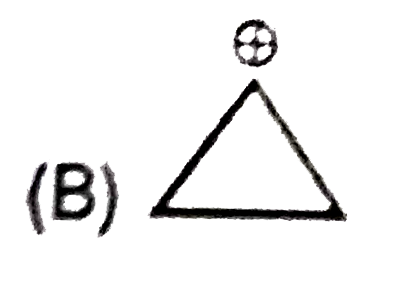 C
C D
D
Which of the following in the rearranged in the rearranged more stable carbocation of the given species?
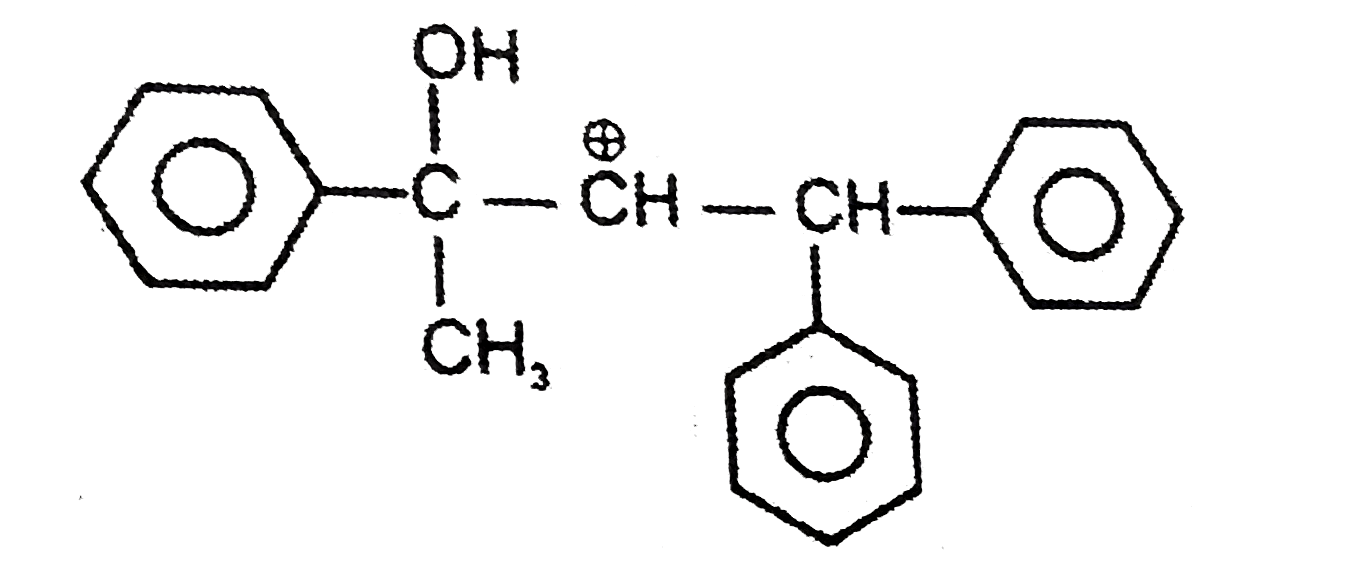 A
A B
B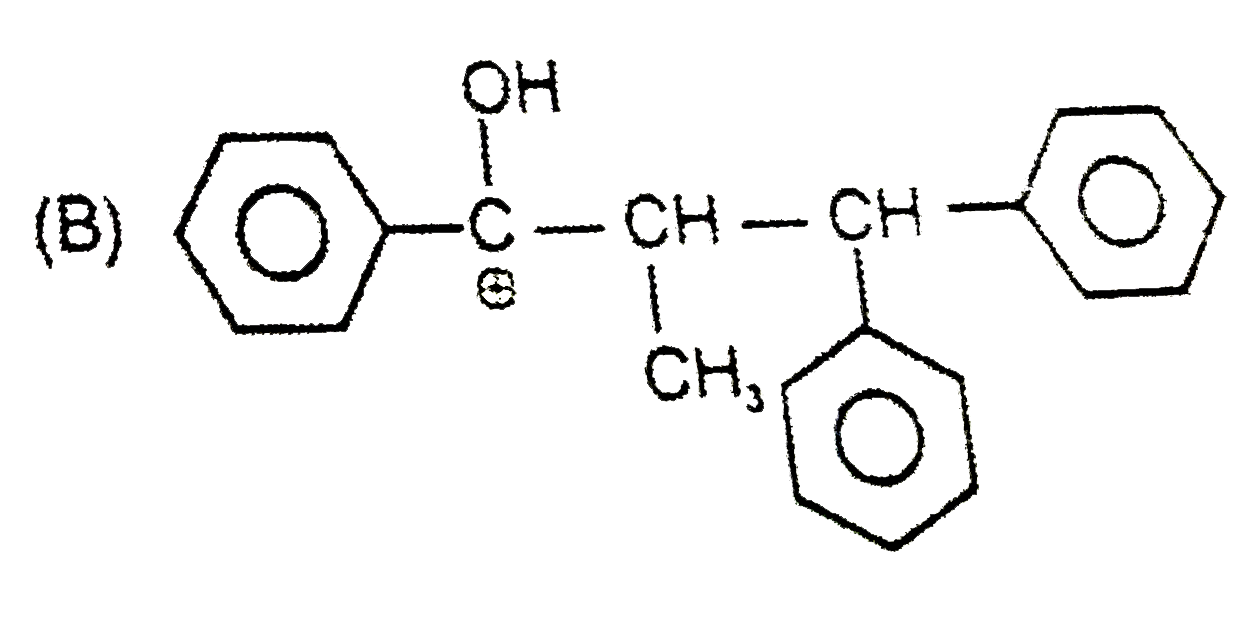 C
C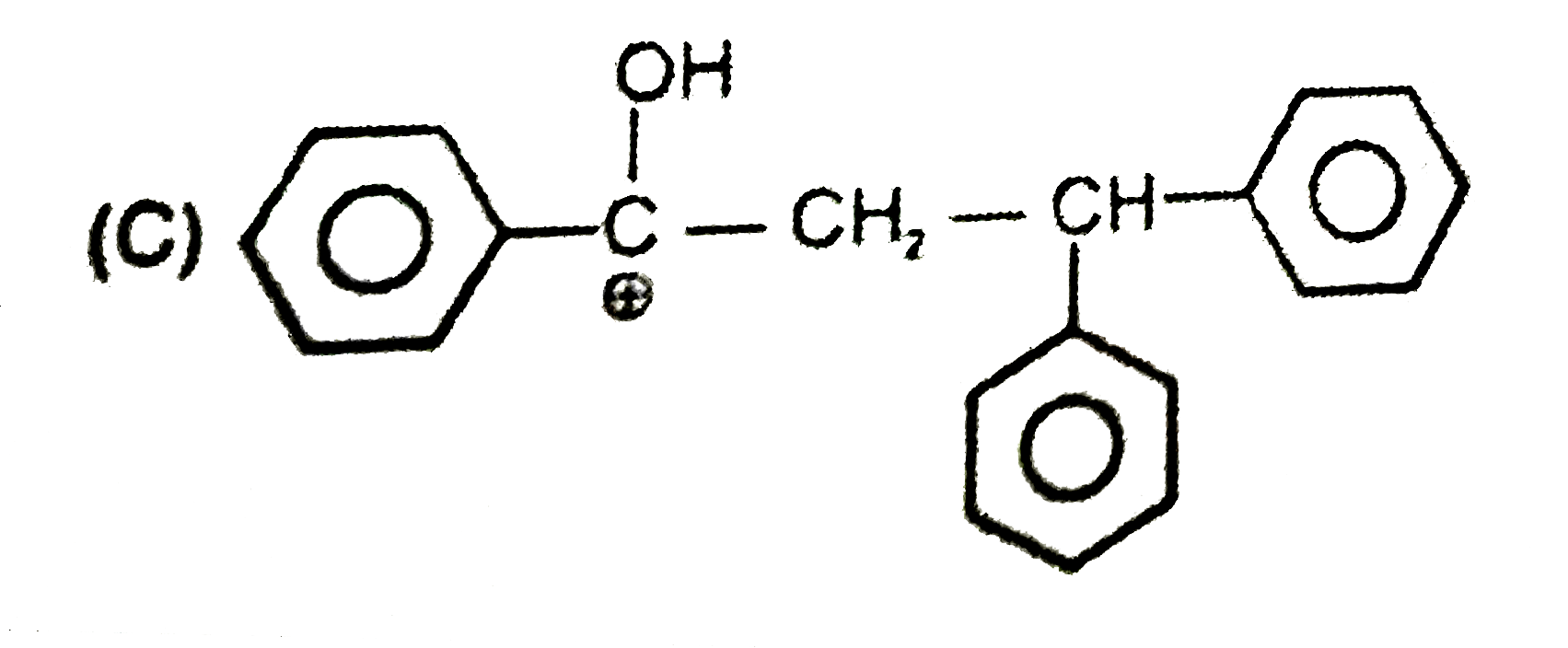 D
D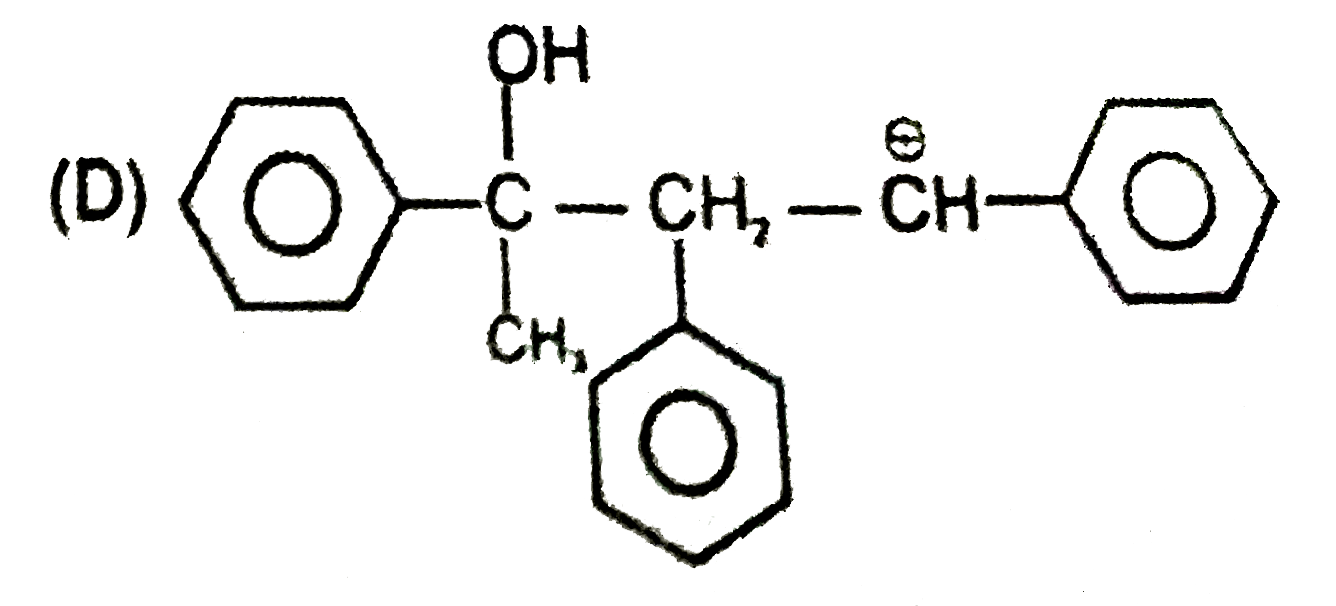
Under common reaction conditions, a carbocation rearranges to another carbocation of equal or greater stability. For example, a secondary carbocation will rearrange to a tertiary carbocation. It will not rearrange to a less stable primary carbocation. This generalization is not absolute, and because there is not a high energy barrier to the rearrangement of carbocations, rearrangement to a less stable cation can occur if it offers the chance to form a more stable product.
In which of the following cations rearrangement takes place most rapidly?A BCH3−H∣C∣CH3−⊕CH2C
BCH3−H∣C∣CH3−⊕CH2C D
D
Which of the following in the rearranged in the rearranged more stable carbocation of the given species?

View SolutionUnder common reaction conditions, a carbocation rearranges to another carbocation of equal or greater stability. For example, a secondary carbocation will rearrange to a tertiary carbocation. It will not rearrange to a less stable primary carbocation. This generalization is not absolute, and because there is not a high energy barrier to the rearrangement of carbocations, rearrangement to a less stable cation can occur if it offers the chance to form a more stable product.
In which of the following cations rearrangement takes place?
View SolutionUnder common reaction conditions, a carboncation rearranges to another carbocation of equal or greater stability. For example secondary carbocation will rearrange to a tertiary carbocation. It will not rearrange to a less stable primary carbocation. This generalization is not absolute, and because there is not is a high energy barrier to the rearrangement of carbocations, rearrangement to a less stable cation can occur if it offers the chance to forme a more stable product.
In which of the following cations rearrangement takes place most rapidly?
View SolutionIn which of the following cations rearrangement takes place?
View SolutionUnder common reaction conditions, a carbocation rearranges to another carbocation of equal or greater stability. For example, a secondary carbocation will rearrange to a tertiary carbocation. It will not rearrange to a less stable primary carbocation. This generalization is not absolute, and because there is not a high energy barrier to the rearrangement of carbocations, rearrangement to a less stable cation can occur if it offers the chance to form a more stable product.
In the following cation, H/CH3 that is most likely to migrate to the positively charged carbon is :
H3C1−H∣2C∣OH−⊕3C∣H−H∣4C∣CH3−5CH3
View Solution

